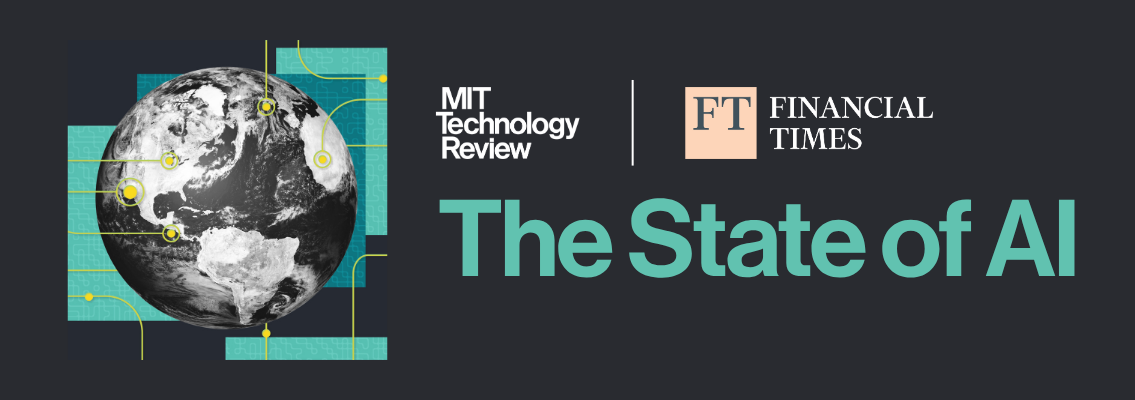
Palo Alto has articulated the value of a security platform for several years. But now, given the speed at which AI is moving, the value shifts from cost consolidation to agility. With AI, most customers don’t know what their future operating environment will look like, and a platform approach lets them shift much more easily than trying to cobble together point products.
The browser revolution: Prisma Browser redefines security
Palo Alto’s next major push is represented by Prisma Browser, built atop hardened Chromium and integrated with SASE-native security services. In Oswal’s words: “The browser isn’t just a window to the Internet anymore; it has become the de facto workspace.” I’ve seen studies show that north of 80% of enterprise work is being done in a browser while over 90% report browser-based security incidents. This should highlight how real the risks of having consumer browser are.
Consumer browsers were never designed for enterprise defense. According to Oswal, a secure browser must deliver three things: protect all devices and all traffic—even that which can’t be decrypted; provide seamless user experience; and deliver “true, preemptive protection for the modern threat landscape.”
Prisma Browser achieves this with real-time scanning to the Document Object Model (DOM), instant visibility into genAI usage, centralized data classification and governance, and instant policy enforcement. It’s not just security add-on — it’s a redesign for cloud and AI-driven workspace.
Prisma AIRS 2.0: The future of agent and AI security
The rise of enterprise AI agents has been broad and swift. These tools are now used by all types of workers as they drive efficiency, speed, and also new threat vectors. Palo Alto’s Prisma AIRS 2.0 secures all layers of AI: applications, agents, models, and data. Oswal stated: “AI is transforming every enterprise, creating extraordinary opportunities and new risks. Prisma AIRS 2.0 bridges that gap, uniting deep model inspection, real-time agent defense, and continuous red teaming in a single platform.”
AIRS 2.0 includes new modules for continuous red teaming (autonomous adversarial testing), native model inspection for backdoors and data poisoning, and real-time agent behavior governance. By providing holistic visibility, assessment, and runtime protection, Palo Alto lets organizations “deploy AI bravely—with the security to keep it safe, secure, compliant, and resilient.”






















